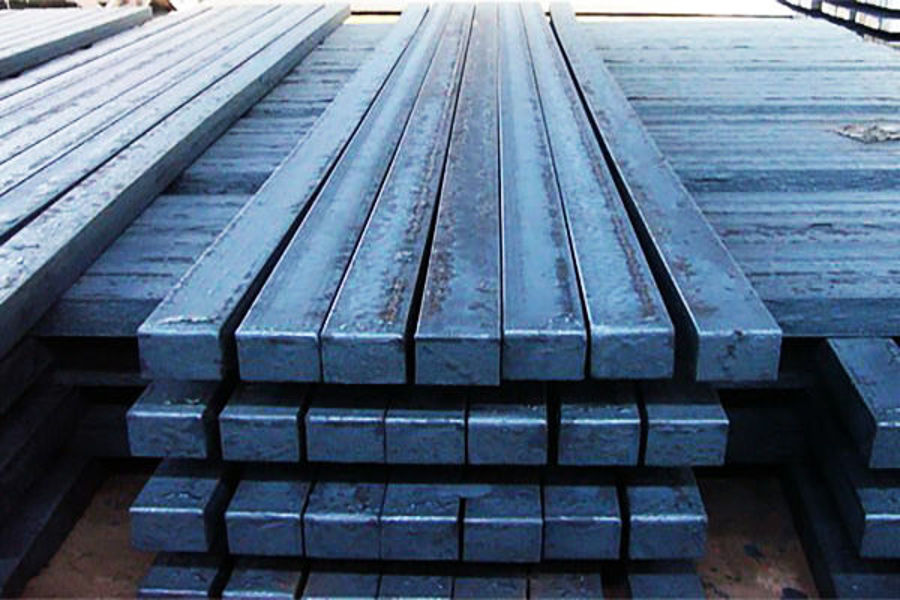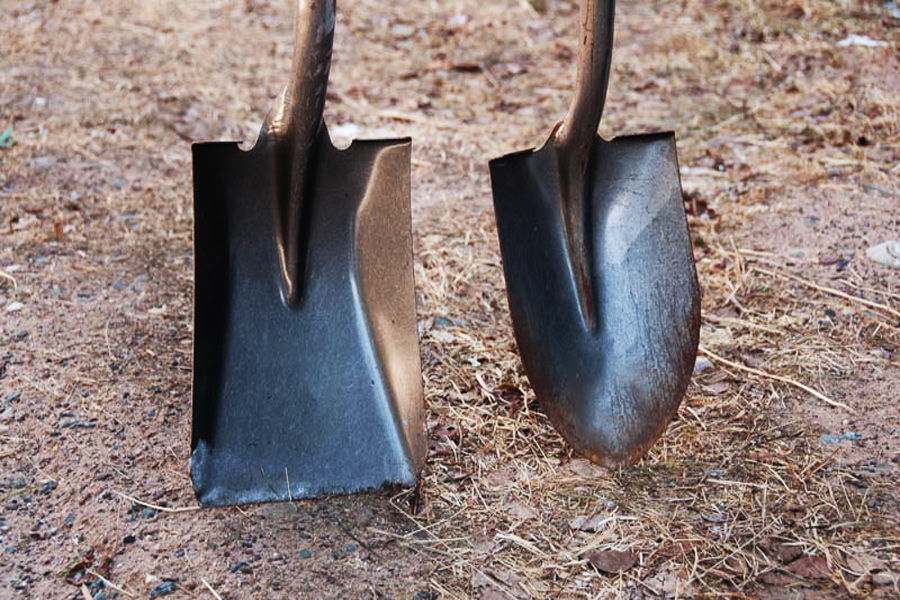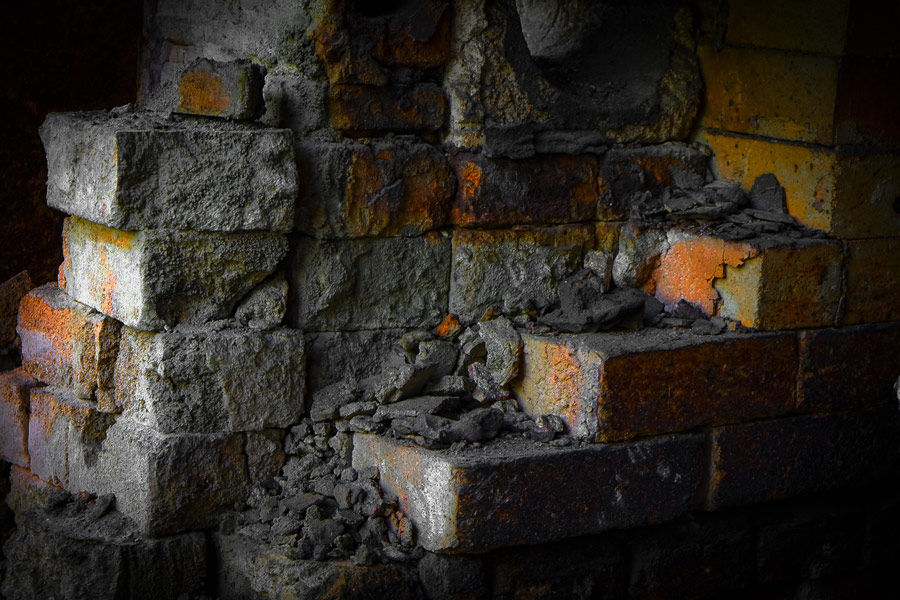Smelting iron and processThe carbon source acts as a chemical reactant to remove oxygen from the ore, yielding the purified metal element as a product. The carbon source is oxidized in two stages. First, the carbon (C) combusts with oxygen (O2) in the air to produce carbon monoxide (CO). Second, the carbon monoxide reacts with the ore (e.g. Fe2O3) and removes one of its oxygen atoms, releasing carbon dioxide (CO 2), a notable greenhouse gas. After successive interactions with carbon monoxide, all of the oxygen in the ore will be removed, leaving the raw metal element (e.g. Fe).[3] As most ores are impure, it is often necessary to use a flux, such as limestone, to remove the accompanying rock gangue as slag. This calcination reaction also frequently emits carbon dioxide. As a result of both the oxidation of carbon and the calcination of a flux, industrial smelting is a contributor to climate change.[4] Plants for the electrolytic reduction of aluminum are also generally referred to as aluminum smelters. Process Smelting involves more than just melting the metal out of its ore. Most ores are the chemical compound of the metal and other elements, such as oxygen (as an oxide), sulfur (as a sulfide), or carbon and oxygen together (as a carbonate). To extract the metal, workers must make these compounds undergo a chemical reaction. Smelting therefore consists of using suitable reducing substances that combine with those oxidizing elements to free the metal. Roasting In the case of sulfides and carbonates, a process called "roasting" removes the unwanted carbon or sulfur, leaving an oxide, which can be directly reduced. Roasting is usually carried out in an oxidizing environment. A few practical examples: Malachite, a common ore of copper, is primarily copper carbonate hydroxide Cu2(CO3)(OH)2.[5] This mineral undergoes thermal decomposition to 2CuO, CO2, and H2O[6] in several stages between 250 °C and 350 °C. The carbon dioxide and water are expelled into the atmosphere, leaving copper(II) oxide, which can be directly reduced to copper as described in the following section titled Reduction. Galena, the most common mineral of lead, is primarily lead sulfide (PbS). The sulfide is oxidized to a sulfite (PbSO3), which thermally decomposes into lead oxide and sulfur dioxide gas. (PbO and SO2) The sulfur dioxide is expelled (like the carbon dioxide in the previous example), and the lead oxide is reduced as below. Reduction Reduction is the final, high-temperature step in smelting, in which the oxide becomes the elemental metal. A reducing environment (often provided by carbon monoxide, made by incomplete combustion in an air-starved furnace) pulls the final oxygen atoms from the raw metal. The required temperature varies over a very large range, both in absolute terms and in terms of the melting point of the base metal. Examples: -Iron oxide becomes metallic iron at roughly 1250 °C (2282 °F or 1523.15 K), almost 300 degrees below iron's melting point of 1538 °C (2800.4 °F or 1811.15 K).[7] -Mercuric oxide becomes vaporous mercury near 550 °C (1022 °F or 823.15 K), almost 600 degrees above mercury's melting point of -38 °C (-36.4 °F or 235.15 K).[8] Flux and slag can provide a secondary service after the reduction step is complete: they provide a molten cover on the purified metal, preventing contact with oxygen while still hot enough to readily oxidize. This prevents impurities from forming in the metal. Fluxes Metal workers use fluxes in smelting for several purposes, chief among them catalyzing the desired reactions and chemically binding to unwanted impurities or reaction products. Calcium oxide, in the form of lime, was often used for this purpose, since it could react with the carbon dioxide and sulfur dioxide produced during roasting and smelting to keep them out of the working environment.





_900.jpeg)
_900.jpeg)




